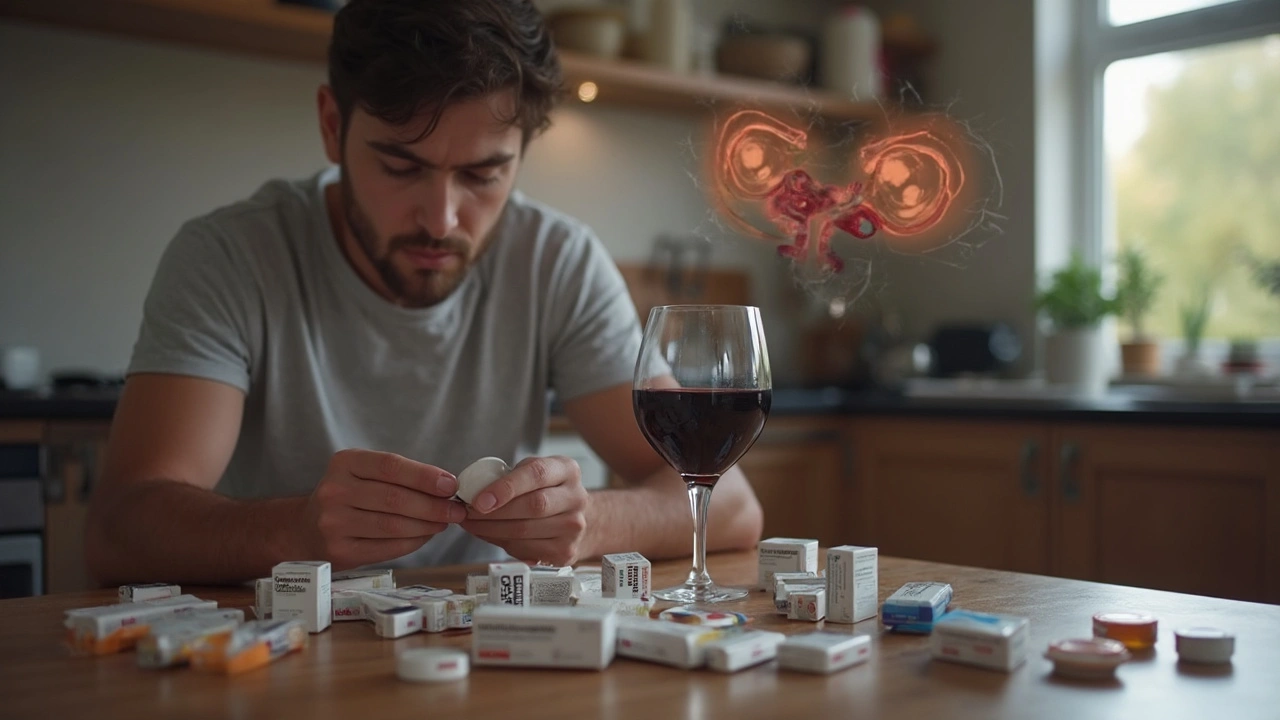Medicine Safety: Practical Tips for Everyday Use
Whether you’re picking up a prescription, scrolling through an online pharmacy, or just looking at the label on a bottle, safety matters. Mistakes with meds can cause headaches, worse side effects, or even hospital trips. The good news is you can protect yourself with a few simple habits.
Buying Medicines Online Safely
Online pharmacies are convenient, but not all are trustworthy. First, check that the site requires a valid prescription for prescription‑only drugs. Look for a physical address and a pharmacist’s contact info – legit stores won’t hide behind a blank page. Verify the pharmacy’s license through your country's regulator (in Australia, check the TGA’s list; in the U.S., look for VIPPS certification).
Next, compare prices, but don’t pick the cheapest option if the site looks sketchy. Look for clear pricing, shipping costs, and a secure checkout (https://). Read reviews, but treat overly‑glowing testimonials with caution. If a site offers “no prescription needed” for a drug like Rizatriptan (Maxalt) or Lamictal, walk away – that’s a red flag.
Using Prescription Drugs Without Risks
Even when you get meds from a reputable pharmacy, you still need to use them right. Start by reading the patient information leaflet – it’s not just legal filler. Pay attention to dosage, timing, and whether you should take the drug with food. For instance, Atomoxetine can affect mood, so watch for signs of depression and call your doctor if you feel down.
Ask your pharmacist about drug interactions. If you’re on blood thinners like Apixaban and plan to travel, note the “Flying with Apixaban” checklist – keep the medication in its original container, stay hydrated, and carry a letter from your doctor. Mixing over‑the‑counter pain relievers with anticoagulants can raise bleeding risk.
Store medicines properly. Most pills belong in a cool, dry place away from sunlight. Insulin and certain biologics need refrigeration; a broken cold‑chain can render them useless. Throw out anything that’s past its expiration date, even if the bottle looks fine.
When you start a new drug, keep a simple log: name, dose, when you took it, and any side effects you notice. This helps you spot patterns quickly. If you develop a rash, trouble breathing, or an unexpected reaction, seek medical help right away.
Traveling with meds? Pack them in your carry‑on, not checked luggage, to avoid temperature extremes and loss. Bring a copy of your prescription and a short note from your doctor describing why you need the medication – customs agents often ask for this.
Lastly, don’t share your prescriptions. Even if a friend’s condition seems similar, the dose you need may be different. Sharing can lead to under‑dosing or dangerous side effects.
Staying safe with medicines is mostly about staying informed and double‑checking. Use reputable sources, follow the label, talk to your pharmacist, and keep a record. With these habits, you’ll minimize risks and get the most benefit from your treatments.
5 Common OTC Drugs That Should Never Be Mixed With Alcohol: Risks, Effects, and Warnings
Mixing alcohol with over-the-counter meds can cause unexpected and dangerous side effects, from stomach upsets to deadly reactions. This guide uncovers five everyday medicines—including Imodium—that become risky when you drink, and explains what actually happens in your body when you ignore the warning labels. With stats, expert tips, and practical examples, you'll get the realities about which OTC drugs you need to handle with extra care around alcohol.
